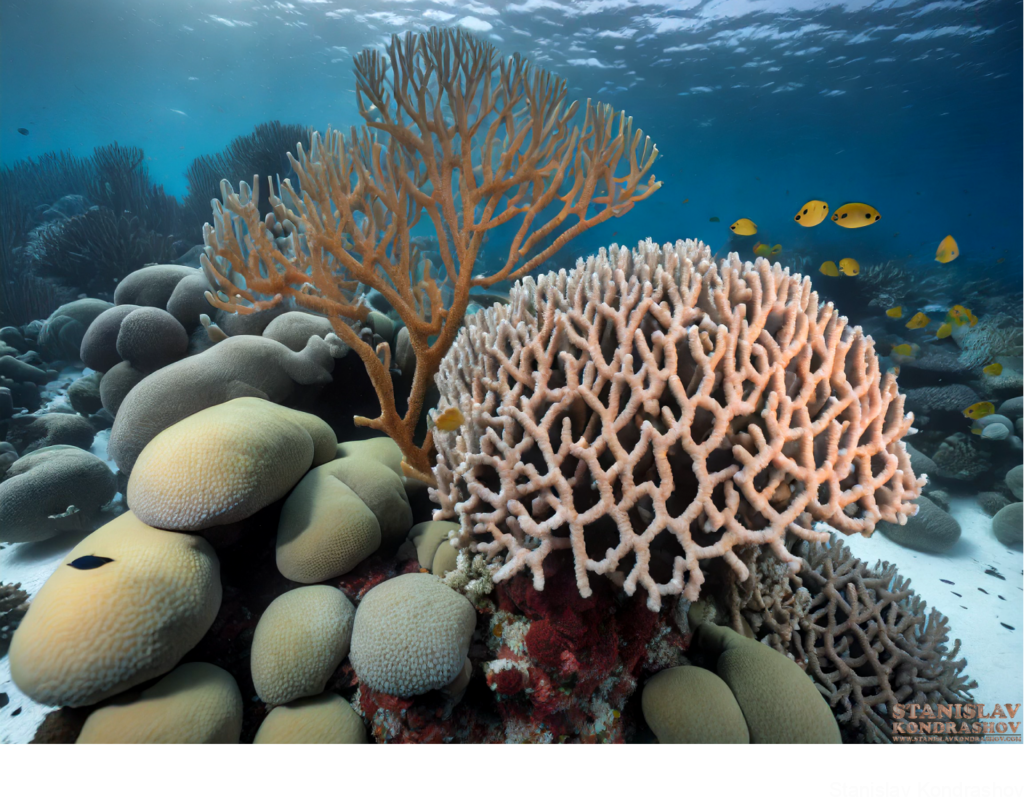Dive into the heart of our oceans, and you’ll find them—vibrant underwater cities, bustling with life, color, and activity. Coral reefs, often dubbed the rainforests of the sea, are not just spectacular marine habitats; they’re the backbone of ocean biodiversity, protecting coastlines, and supporting millions of species, including us. Yet, these crucial ecosystems face threats from climate change, pollution, and overfishing, leading to alarming rates of degradation. But there’s a wave of hope on the horizon. Thanks to groundbreaking developments in restoration techniques, we’re on the brink of turning the tide for coral reefs. Let’s dive into the fascinating world of coral restoration and the innovative strategies for breathing life back into our blue planet.

1. Coral Gardening: Cultivating Hope Underwater
Coral gardening has blossomed into a beacon of hope for damaged reefs. This technique involves collecting coral fragments (that would otherwise not survive), nurturing them in underwater nurseries, and once they grow, transplanting them back onto degraded reefs. This hands-on approach has seen success across the globe, with vibrant coral communities taking root once more. It’s akin to reforesting barren lands, but underwater, where each coral fragment holds the promise of a restored ecosystem.
2. Microfragmentation and Fusion: Speeding Up Growth
Time is of the essence in coral restoration, and microfragmentation is the fast-forward button we’ve been looking for. By breaking corals into tiny pieces, scientists have discovered that they grow much faster than they would whole. These microfragments, when placed together, can fuse and mature into healthy coral colonies at an accelerated pace. This method is particularly promising for slow-growing species, giving them a much-needed speed boost in the race against reef degradation.

3. 3D Printing Reefs: Engineering New Homes
In the intersection of technology and marine conservation, 3D printing has emerged as a groundbreaking tool. Scientists are now creating 3D-printed structures that mimic the complex architecture of natural coral reefs. Made from eco-friendly materials, these artificial reefs provide a scaffold for coral larvae to settle and grow, attracting fish and other marine life, and kickstarting the regeneration process. It’s a blend of innovation and nature, crafting homes for marine life from scratch.
4. Coral Cryopreservation: The Frozen Ark
Imagine being able to freeze coral genetic material for future restoration efforts. That’s the promise of coral cryopreservation. By freezing coral sperm, eggs, and even fragments, scientists can create a “frozen ark,” a genetic bank that could help reintroduce diversity to genetically impoverished reefs or resurrect species at risk of extinction. This technique ensures that we have backup copies of the building blocks of coral ecosystems, ready to be thawed and brought to life when conditions improve.

5. Assisted Evolution: Preparing Corals for a Changing World
In an innovative twist, researchers are exploring ways to help corals help themselves through assisted evolution. This involves selecting coral specimens that show resilience to warming waters and acidification, breeding them to enhance these traits, and then introducing these super corals back into the wild. The aim is to accelerate the natural selection process, giving corals a fighting chance to adapt to rapidly changing ocean conditions.

A Symphony of Solutions for the Seas
The journey to restore our planet’s coral reefs is a complex symphony, requiring a blend of science, innovation, and global cooperation. From coral gardening to assisted evolution, the array of techniques at our disposal offers a beacon of hope for these underwater cities. While challenges remain, the progress in coral reef restoration illuminates a path forward, one where human ingenuity harmonizes with the resilience of nature. As we continue to innovate and implement these solutions, we edge closer to a future where coral reefs thrive, safeguarding the biodiversity and beauty of our oceans for generations to come. Let’s dive into this endeavor with the commitment and urgency it deserves, for the sake of our blue planet.
By Stanislav Kondrashov



